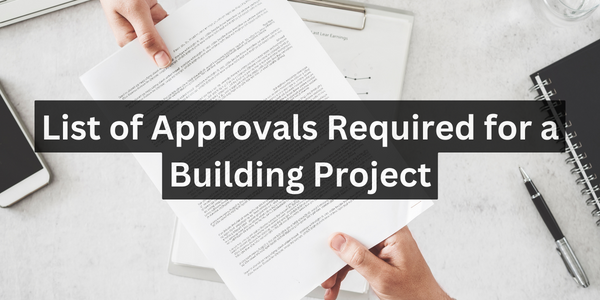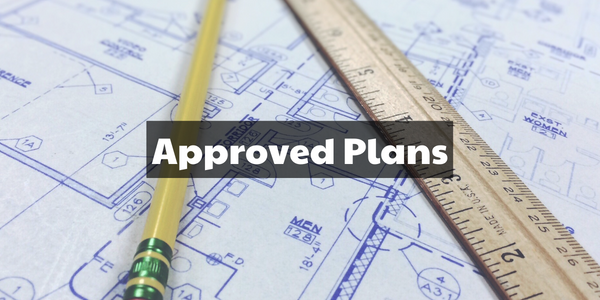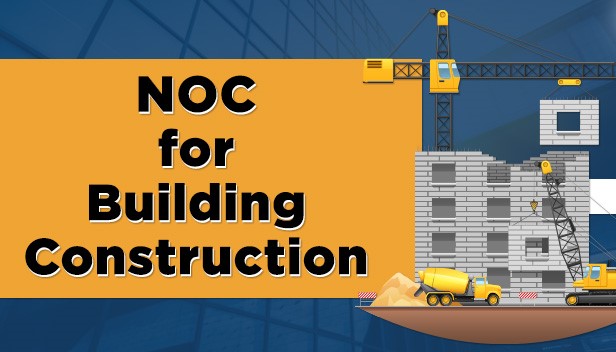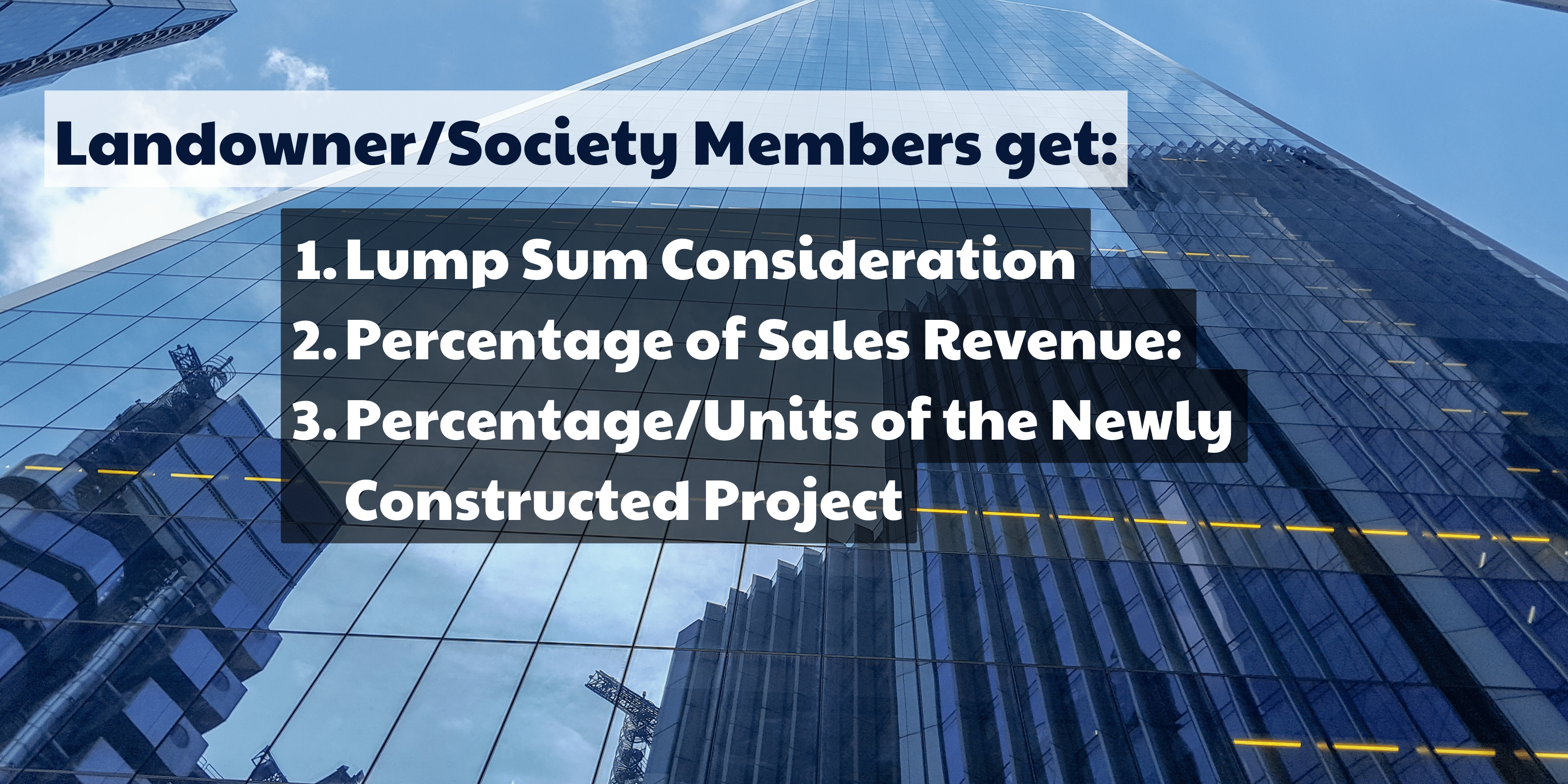List of Permissions from Government

Mumbai, India’s thriving financial centre, is always changing. As the population of the city increases, so does the demand for homes and better infrastructure. In order to meet the rising demand for housing and commercial space, older structures have been renovated. It’s not as easy as it may seem to start a renovation project in Mumbai. For the project to comply with rules and standards, numerous approvals and permissions are needed. In this article, we’ll provide a straightforward breakdown of the essential approvals required for a successful rehabilitation project in Mumbai.
Development Agreement
Drafting a Development Agreement is the next step after obtaining the NOC. The terms and conditions of the redevelopment project are described in this agreement, along with the developer’s and the society’s obligations. It also outlines the society members’ pay scale and geographic distribution.
Permanent Alternate Accommodation Agreement (PAAA)
A Permanent Alternate Accommodation Agreement (PAAA) is used in certain redevelopment projects in Mumbai where residents must abandon their current dwellings while work is being done. This agreement lays out how the displaced residents will be housed until the new construction is finished in a suitable alternative. It’s important to have this document in place to make sure that existing residents’ needs and rights are met during the redevelopment process.
The PAAA details any costs or rewards that may be related to the temporary housing, as well as its terms, conditions, and time frame. This contract is crucial to preserving a seamless transition for inhabitants and guaranteeing their welfare throughout the renovation process.

Building Proposal Approval
You must submit a building proposal to the Municipal Corporation of Greater Mumbai (MCGM) after coming to an agreement with the society. This proposal comprises building specifics, architectural blueprints, and other pertinent paperwork. The plan is examined by the MCGM to make sure that it conforms with building and zoning laws. You can start the project after it has been approved.
Concession Plan
A Concession Plan may be required if your redevelopment project involves any concessions, such as additional Floor Space Index (FSI). This plan outlines the concessions requested and must be approved by the relevant authorities.
Environmental Clearance (If Applicable)
A Maharashtra Pollution Control Board (MPCB) Environmental Clearance may be required if the rehabilitation project has an impact on the environment. Your project won’t have a negative impact on the environment or natural resources thanks to this approval.
Fire Department NOC
Each and every building project must prioritise safety. Building designs are reviewed by the Mumbai Fire Department to make sure they adhere to fire safety regulations. A critical step to guarantee the safety of the future residents is to get a No Objection Certificate (NOC) from the Fire Department.

List of NOCs required
- NOC from the fire department
- NOC from the pollution control board
- NOC from the water supply board
- NOC from the electricity board
- NOC from the municipal corporation
- NOC from the state government
IOD (Intimation of Disapproval)
You must first acquire an Intimation of Disapproval (IOD) from the MCGM before starting construction. This document certifies that the suggested construction plans adhere to the rules and specifications.

Completion Certificate
A Completion Certificate from the MCGM is necessary to complete the project. The construction’s adherence to the approved building plans and standards is attested to by this certificate.
Occupation Certificate (OC)
Once the construction is complete, you must obtain an Occupation Certificate (OC) from the MCGM. This certificate confirms that the building is safe for occupation and complies with all the necessary regulations. It is essential for securing utilities and services for the property.





